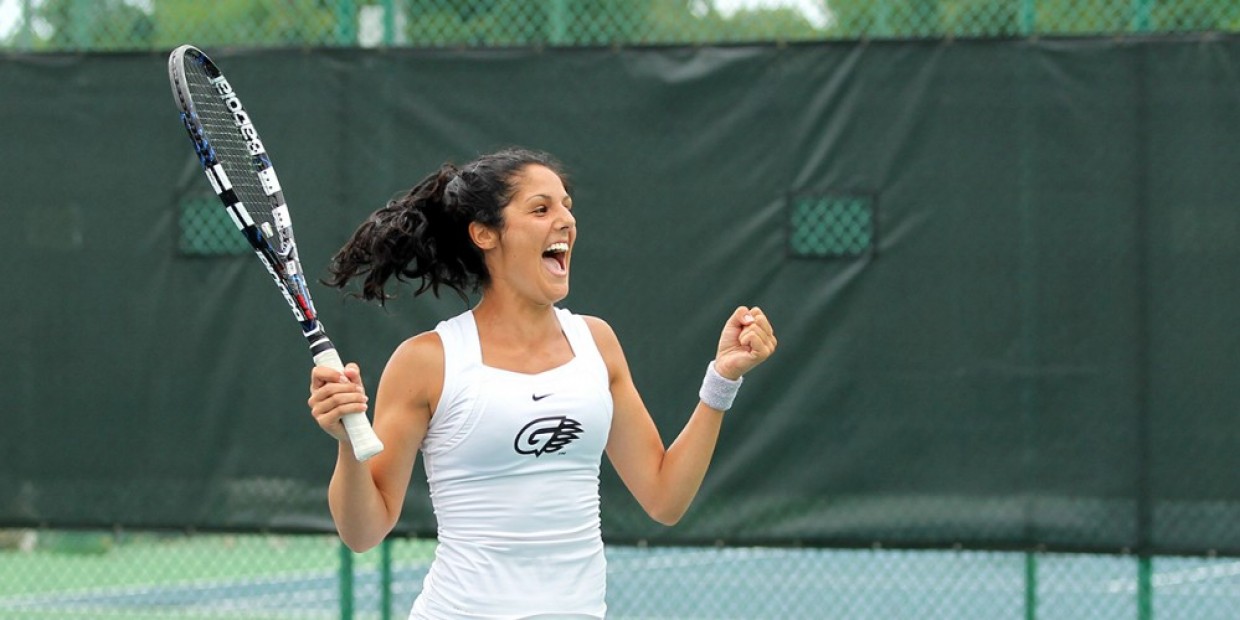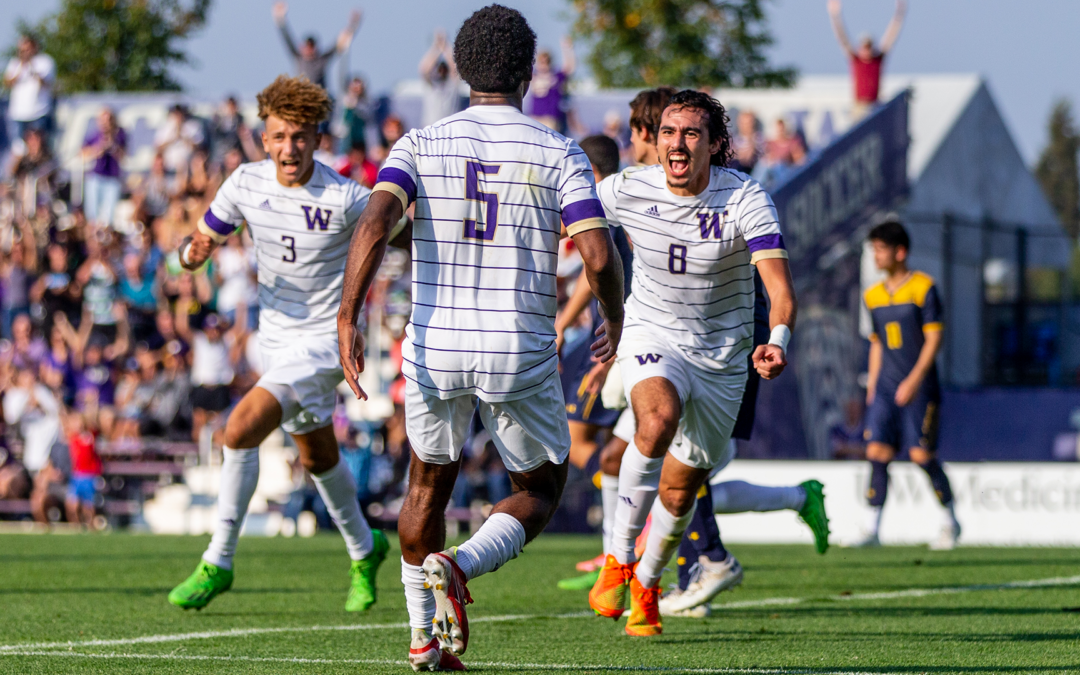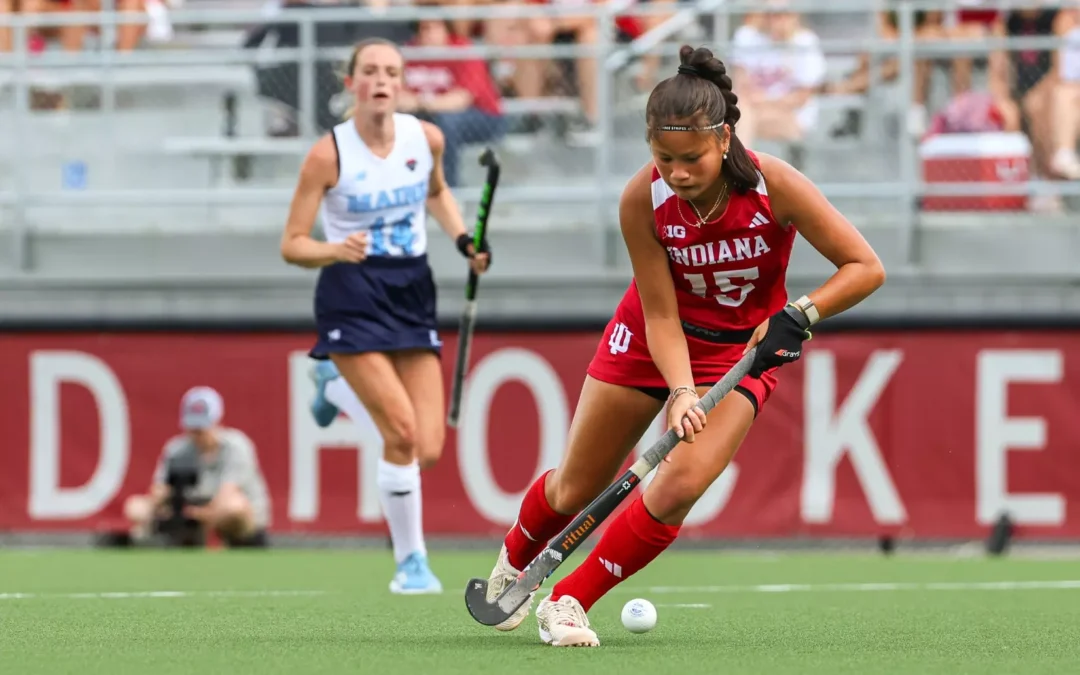In this article, we explain how the American college system works, the college tennis levels in America, and how your Dutch tennis level translates to a spot in the NCAA, NAIA or NJCAA.
The key to college tennis: Your UTR
Before we discuss the different divisions, there’s one term you absolutely need to know: UTR, or “Universal Tennis Rating.” UTR is a rating system ranging from 1 to 16.50 that compares players of all skill levels worldwide. It’s based on results, not points earned in a tournament; in other words, UTR doesn’t just look at wins or losses, but primarily at the difference in games compared to your opponent and their UTR. For example, if you lose 7-5 7-6 to a player with a higher UTR, your rating can still go up because you’ve shown you’re almost equal.
While national rankings are often incomparable across countries, your UTR immediately gives coaches a realistic, universal indication of your level. That’s why coaches often look at your UTR before reviewing your video, results, or resume.
How coaches use UTR
Filtering candidates: Many coaches actively seek players within a certain UTR range. If you’re below that, you often don’t even appear on their radar.
Building a team: Coaches focus on balance. They look for a strong #1 with a UTR of 12, but also a solid #5 with a UTR of 9.
Development over peaks: A coach would rather choose someone who steadily rises from 8.5 to 9.5, than someone who has been stuck at 10 for a year.
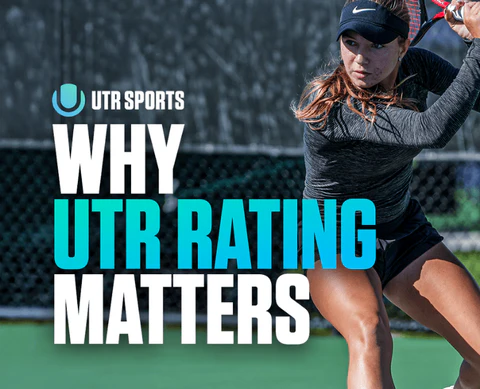
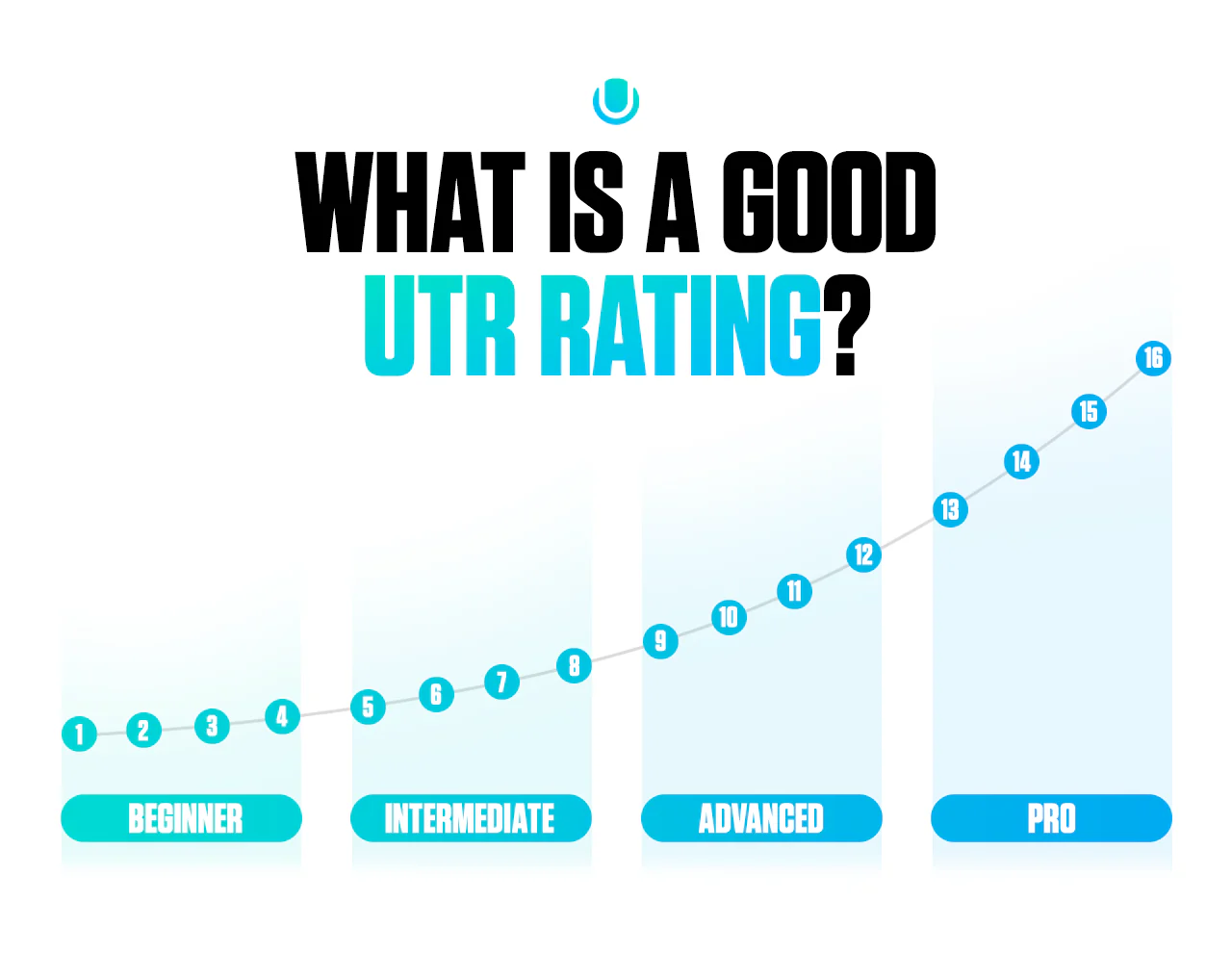
How to improve your UTR?
Your UTR is dynamic and changes after every official match. The following shows you’re still developing:
Play UTR tournaments: In addition to UTR, national ranking and ITF tournaments, most open tournaments are also included in the UTR.
Focus on stability: Regularly winning against players around your own UTR yields more than a single, random win against a much stronger player.
Demonstrate your progress: Coaches find it attractive when your UTR increases towards the time of recruitment.
Kwaliteit boven kwantiteit: Verliezen van spelers met een lagere UTR kan je rating juist schaden.
The different college tennis levels in America
In the US, there are several associations and divisions that govern college tennis. The most important ones are:
NCAA Division I: The absolute top level
Division I is the absolute top level of college tennis in the US. Here you’ll find the universities with the biggest budgets, best facilities, and most tennis scholarships. Coaches here look for a UTR of 11+ for men and 8.5+ for women.

NCAA Division II: Competitive but more balanced
Strong and professional, but with a slightly better balance between sports and studies. Many international players get opportunities here. Scholarships are often partial, but combined with academic support, this can still cover a large portion of the costs. The UTR can range from 8 to 13 for men and 5 to 10 for women.
NCAA Division III: Academic focus comes first
Division III is structured differently: no athletic scholarships are awarded here. However, you can count on academic scholarships or financial support through other channels. The level of athletics can be surprisingly high, but the focus is more on academics. The level varies widely in this division, and there’s a place for everyone.
NAIA: Flexibeler met regels
The National Association of Intercollegiate Athletics, like the NCAA, is a sports federation, often representing smaller private schools. The level of competition varies, but it’s generally comparable to the NCAA’s Division 2.
NJCAA: League van tweejarige opleidingen
The National Junior College Athletic Association (NJCAA) governs sports at two-year colleges, often called “Junior Colleges” or “Community Colleges.” This is an incredible The National Junior College Athletic Association (NJCAA) governs sports at two-year colleges, often called “Junior Colleges” or “Community Colleges.” This is an incredible pathway for players who need to improve their grades, adapt to the American education system, or further develop their athletic skills. After completing their two-year degree, players can transfer to a four-year NCAA or NAIA university to complete their bachelor’s degree and continue playing. The NJCAA offers many scholarships and is a fantastic stepping stone to a top program.

What do coaches look at?
An American coach evaluates a player based on a complete package. While your tennis level is the foundation, several factors determine whether you receive a scholarship offer. Here’s what coaches consider:
- Your UTR (Universal Tennis Rating): This is the first thing coaches look at. Your UTR provides a quick, objective indication of your skill level. For each division (D1, D2, D3, NAIA), coaches have a specific UTR range in mind for the players they want to recruit.
- Video (highlight & matchplay): Coaches rarely see you play live in Europe. Your video is therefore essential. Make sure you include a highlight video with all your shots and your scoring at the end.
- Mentality and attitude: How do you conduct yourself on the court? Are you a fighter? How do you handle adversity and pressure? Coaches analyze your body language in match videos and assess your professionalism and personality during your email and phone contact.
- Potential: Coaches don’t just recruit what you are now, but also what you can become. They look at your athleticism, your size, your weapons (e.g., a good serve), and your desire to improve. They look for coachable players with growth potential.
- Academic profile: In addition to your tennis skills, coaches also consider your academic performance. This includes your high school grade point average (GPA) and your TOEFL and SAT/ACT test scores.
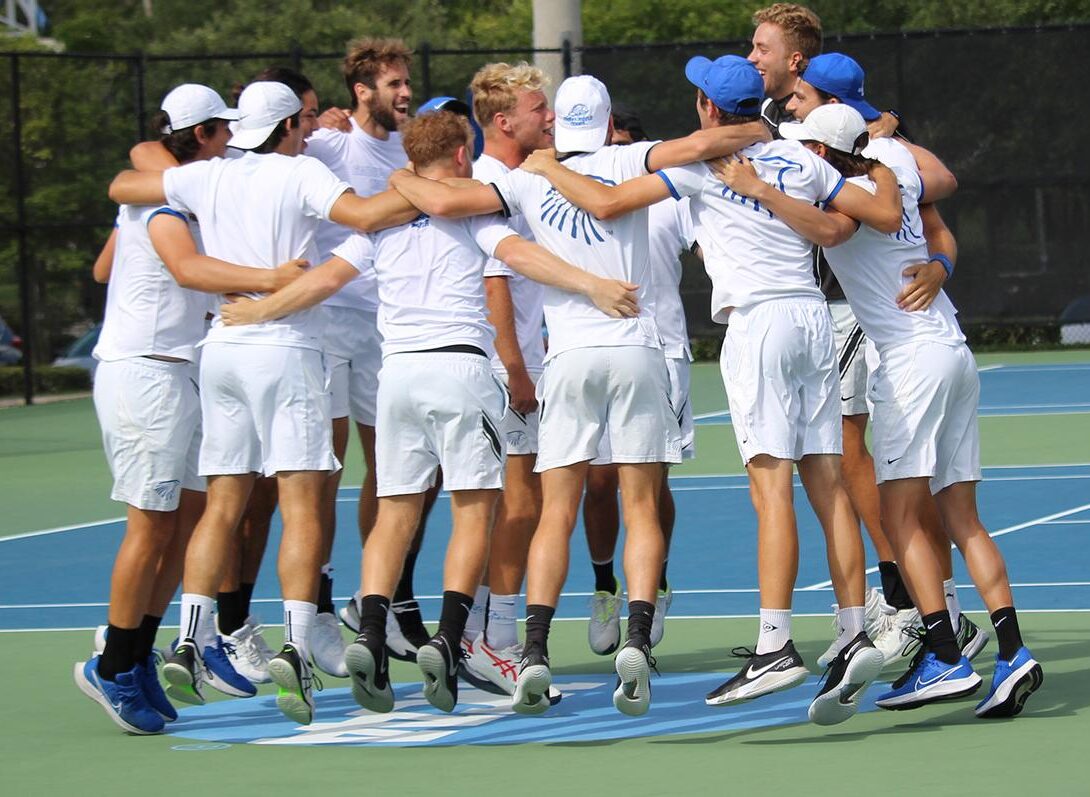
Your American dream begins here
Whether you’re aiming for the absolute top in Division I, seeking balance in Division II/NAIA, prioritizing your academic career in Division III, or first wanting to showcase your talents in the NJCAA, there’s a place for you.
Determining your level is the key to success. With the right guidance, solid preparation, and a compelling presentation (video, grades), you can find the perfect match.
Tip: Start on time! Coaches often fill their teams 1-2 years in advance. The sooner you start preparing, the better your chances of having the ideal college tennis experience.
Ready to take the first step?
Every athlete is unique. Besides your tennis level, we also consider your academic profile and personal goals. We’re happy to help you discover which university and team in the US are the perfect fit for you.

